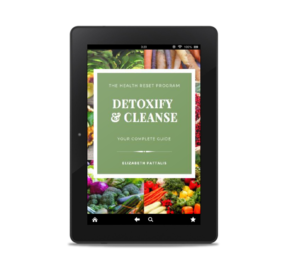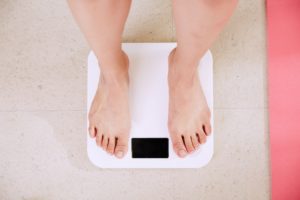If you have a baby or a toddler, you’ll have watched first-hand that we are designed to eat when hungry and stop when we have had enough. This type of appetite regulation has been lost for many of us in our modern way of life.
Eating cues can override our physiology.
Eating cues include:
- Physical and social environment.
Proximity to food is a big one. If we have a bowl of hot chips on a table before us, we’re likely to grab one, right?
Peers can also influence when and how much we eat. When your partner goes to the kitchen and comes back with crackers and cheese each night, you are more likely to develop the same nightly habit.
- Our senses.
There’s nothing like walking past a bakery and smelling freshly baked bread. How can you resist? Smell and sight can lure us in.
- Our emotions.
Stress, anxiety and comfort can have you leaning on food for relief or to feel happy.
- Our routines.
Habits develop and influence food choices. E.g., Getting petrol and grabbing a chocolate bar at the same time or watching a movie and making some popcorn.
Food is everywhere in modern society. And let’s face it, we have so many highly palatable foods to choose from.
On top of this, we are stressed and tired, a recipe for being impulsive and making poor decisions. Knowing your cues can be incredibly helpful.
‘Eat until 80% full’.
Stopping when satisfied is how we are programmed to be. You could interpret it as only eating until you are not hungry or, as I say ‘ ‘eat until 80% full’.
Why is it important to eat normally?
When we are in tune with appropriate appetite and fullness cues, we eat when physically hungry and stop when not – normal or intuitive eating. Then, we maintain a healthy body weight, promote mental wellbeing and achieve optimal health.
Our health and weight suffer when we do not listen to these cues.
When you eat normally, there are no food rules; you can eat whatever foods you want, but your portions are appropriate so your health doesn’t suffer. You don’t have food guilt.
Not eating enough is also a problem, as the body will try to regulate to meet its needs. Urges to compensate with binge eating become hard to resist.
Diets tend to increase food cravings, food and body preoccupation, guilt and weight gain in the long term. People who restrain and deprive themselves are more likely to suffer from distorted eating behaviours.
NORMAL EATING AS A WAY OF LIFE
My signature program, A Course In Normal Eating, is an integrated mind and body approach to help you battle food and body weight fixation. Trust you can be free from binge eating for good.
Do you need to be more connected to your intuitive eating signals and need to know what, when, or how much to eat? If you answered yes, then you’re in the right place.
Join the tribe of women who have discovered a new way of life.






